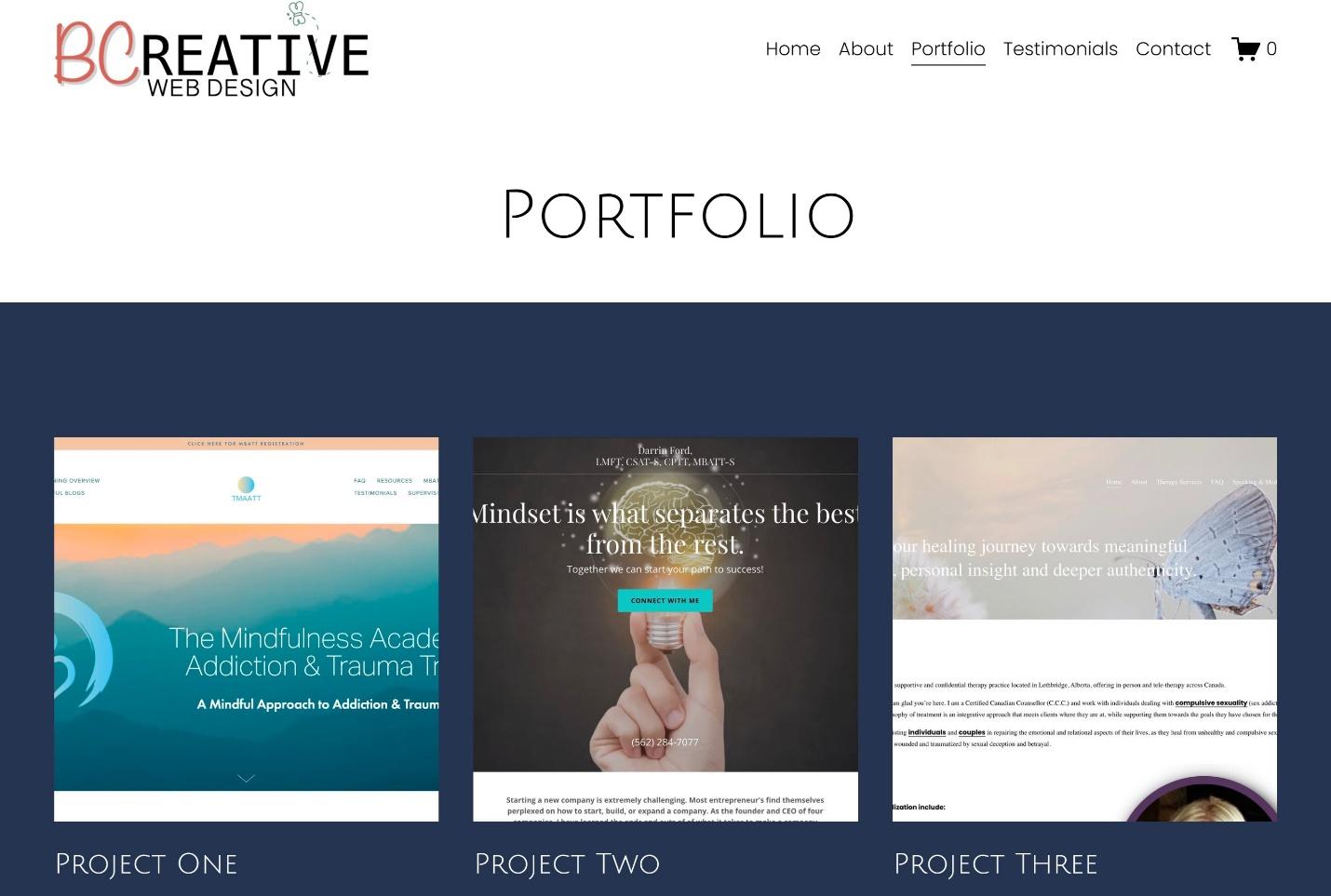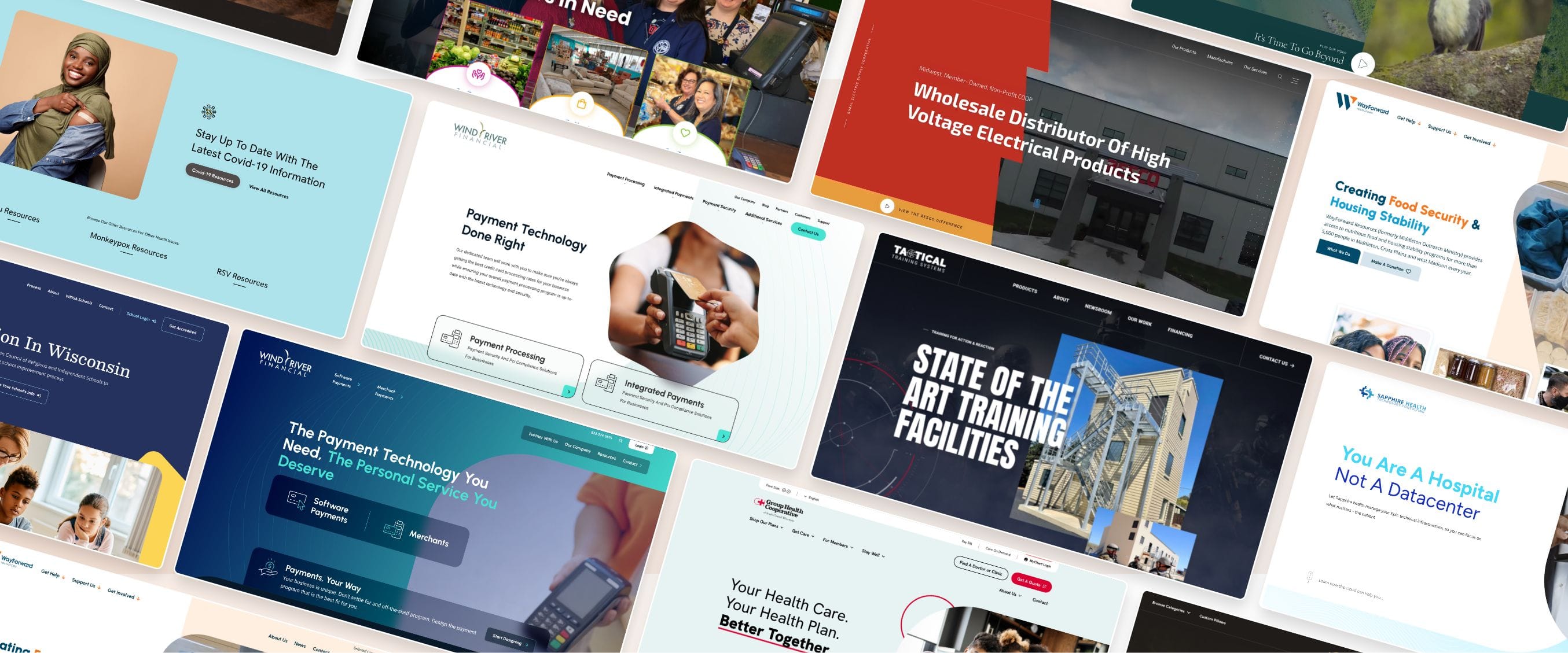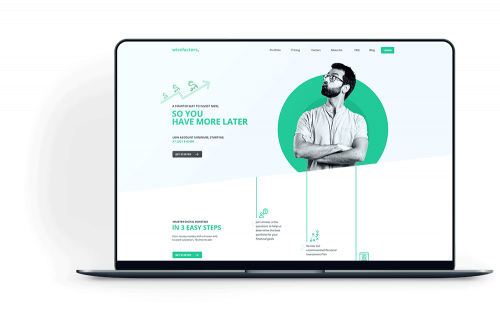How to Optimize Your Website Design for More Efficient Page Speeds
How to Optimize Your Website Design for More Efficient Page Speeds
Blog Article
Necessary Principles of Internet Site Style: Developing User-Friendly Experiences
In the realm of internet site style, the production of straightforward experiences is not just an essential need yet an aesthetic pursuit. Crucial principles such as user-centered design, instinctive navigation, and access function as the backbone of effective digital platforms. By concentrating on user needs and choices, designers can promote engagement and complete satisfaction, yet the implications of these concepts extend beyond mere capability. Understanding exactly how they intertwine can substantially impact a site's total effectiveness and success, triggering a closer evaluation of their specific functions and cumulative influence on customer experience.

Importance of User-Centered Style
Focusing on user-centered style is essential for producing efficient internet sites that meet the needs of their target market. This technique puts the individual at the forefront of the layout procedure, making sure that the website not just functions well yet likewise reverberates with customers on an individual level. By comprehending the customers' behaviors, choices, and objectives, developers can craft experiences that promote involvement and satisfaction.

Additionally, embracing a user-centered layout ideology can lead to boosted availability and inclusivity, dealing with a diverse audience. By taking into consideration various customer demographics, such as age, technical proficiency, and cultural backgrounds, designers can develop internet sites that rate and functional for all.
Ultimately, focusing on user-centered design not just improves customer experience however can likewise drive vital service end results, such as increased conversion rates and consumer loyalty. In today's affordable electronic landscape, understanding and focusing on customer demands is an essential success aspect.
Intuitive Navigating Frameworks
Reliable website navigating is often a vital aspect in enhancing user experience. Instinctive navigation structures allow individuals to locate details swiftly and effectively, minimizing frustration and boosting engagement.
To create instinctive navigating, designers need to prioritize clearness. Labels ought to be familiar and detailed to customers, staying clear of lingo or ambiguous terms. An ordered structure, with key classifications bring about subcategories, can better aid customers in understanding the relationship between different areas of the site.
In addition, including aesthetic hints such as breadcrumbs can guide individuals with their navigating course, enabling them to conveniently backtrack if needed. The inclusion of a search bar additionally improves navigability, approving individuals guide access to web content without needing to browse through numerous layers.
Adaptive and receptive Designs
In today's electronic landscape, ensuring that websites work seamlessly across various devices is necessary for user fulfillment - Website Design. Receptive and flexible layouts are two key methods that allow this performance, accommodating the varied series of screen sizes and resolutions that individuals may come across
Receptive layouts use liquid grids and versatile pictures, permitting the website to instantly change its components based on the display dimensions. This approach supplies a regular experience, where material reflows dynamically to fit the viewport, which is specifically useful for mobile individuals. By utilizing CSS media inquiries, developers can produce breakpoints that maximize the layout for various devices without the requirement for different layouts.
Adaptive layouts, on the other hand, make use of predefined layouts for certain display dimensions. When a user accesses the site, the server identifies the device and serves the suitable design, making sure an optimized experience for differing resolutions. This can lead to much faster loading times and improved efficiency, as each format is tailored to the tool's capabilities.
Both receptive and adaptive layouts are important for enhancing individual engagement and fulfillment, ultimately adding to the web site's general efficiency in satisfying its objectives.
Regular Visual Hierarchy
Developing a regular visual power structure is essential for directing users through a web site's material. This principle guarantees that info is provided in a fashion that is both instinctive and interesting, permitting users to easily browse and comprehend the product. A well-defined power structure utilizes various style components, such as dimension, color, contrast, and spacing, to create a clear distinction in between various kinds of web content.

Moreover, regular application of these visual hints throughout the web site fosters knowledge and trust. Users can quickly find out to recognize patterns, making their interactions much more reliable. Inevitably, a solid visual power structure not only improves user experience however likewise improves general site use, urging much deeper involvement resource and helping with the wanted activities on a web site.
Accessibility for All Individuals
Accessibility for all users is a basic address facet of site design that makes sure every person, no matter their handicaps or capacities, can engage with and gain from on-line material. Creating with accessibility in mind entails executing methods that fit varied user requirements, such as those with aesthetic, auditory, motor, or cognitive problems.
One crucial standard is to stick to the Web Content Availability Standards (WCAG), which provide a framework for developing easily accessible digital experiences. This consists of making use of sufficient color contrast, providing message choices for pictures, and making sure that navigation is keyboard-friendly. Furthermore, utilizing receptive style methods ensures that web sites work effectively throughout numerous devices and screen dimensions, additionally improving ease of access.
Another vital element is using clear, succinct language that avoids lingo, making material comprehensible for all users. Engaging users with assistive modern technologies, such as display viewers, needs cautious interest to HTML semantics and ARIA (Available Rich Internet Applications) duties.
Eventually, prioritizing availability not just meets lawful commitments however likewise broadens the audience reach, fostering inclusivity and boosting individual satisfaction. A commitment to access reflects a dedication to creating equitable electronic environments for all customers.
Final Thought
To conclude, the essential principles of internet site layout-- user-centered style, instinctive navigation, responsive designs, constant visual power structure, and availability-- jointly contribute to the production of straightforward experiences. Website Design. By focusing on customer demands and ensuring that all people can efficiently engage with the website, developers enhance usability and foster inclusivity. These concepts not just enhance customer contentment yet also drive favorable company outcomes, ultimately showing the crucial importance of thoughtful website design in today's electronic landscape
These techniques give very useful understandings into customer expectations and discomfort points, allowing designers to customize the website's features and material accordingly.Reliable web site link navigating is typically an essential variable in improving customer experience.Establishing a regular visual power structure is critical for guiding customers via a website's content. Inevitably, a solid aesthetic power structure not only improves individual experience yet also enhances total website use, encouraging deeper interaction and promoting the desired actions on a site.
These concepts not just enhance individual fulfillment however also drive positive service results, eventually showing the crucial significance of thoughtful website layout in today's electronic landscape.
Report this page